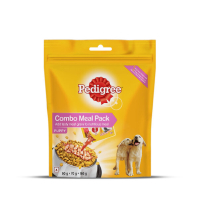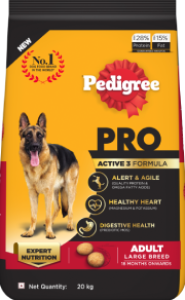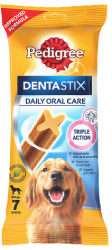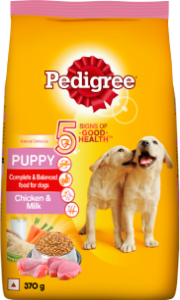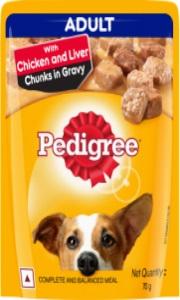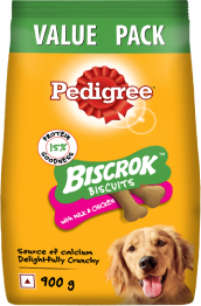
In this section
Oral Care For Your Dog
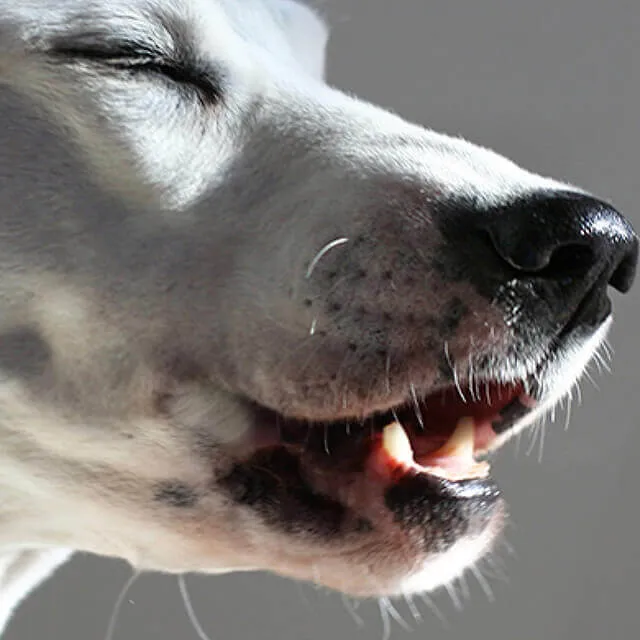
share:
More than 80% of dogs show signs of periodontal disease by the age of three. The accumulation of tartar and plaque and the resulting gingivitis can lead to more serious diseases. Without medical intervention, gingivitis or inflammation of the gum takes over and leads to bad breath. What’s worse is that it often leads to damage to the jawbones, and loss of teeth.
What should you do?
Lightly brush your dog’s teeth at least twice a week. Do not use tooth pastes made for humans. An alternative to brushing is using a dental chew. Studies by Waltham have shown that certain specifically designed dental health chews (like Dentastix) result in a significant reduction of plaque and calculus accumulation, gingivitis and malodour.
How to brush your dog's teeth?
- Put a small amount of the toothpaste on your finger, and gently rub it on your dog’s front teeth and gums.
- After a few times, switch from a finger to a dog’s toothbrush with soft, rounded bristles.
- Brush with a downward motion on the top teeth and upward on the lower teeth.
- After your dog gets used to this new activity, start doing teeth farther back in the mouth, brushing the premolars, then molars with the same motion you used on the front teeth.
- Consult your vet for suitable brush and paste.
Review this article:




